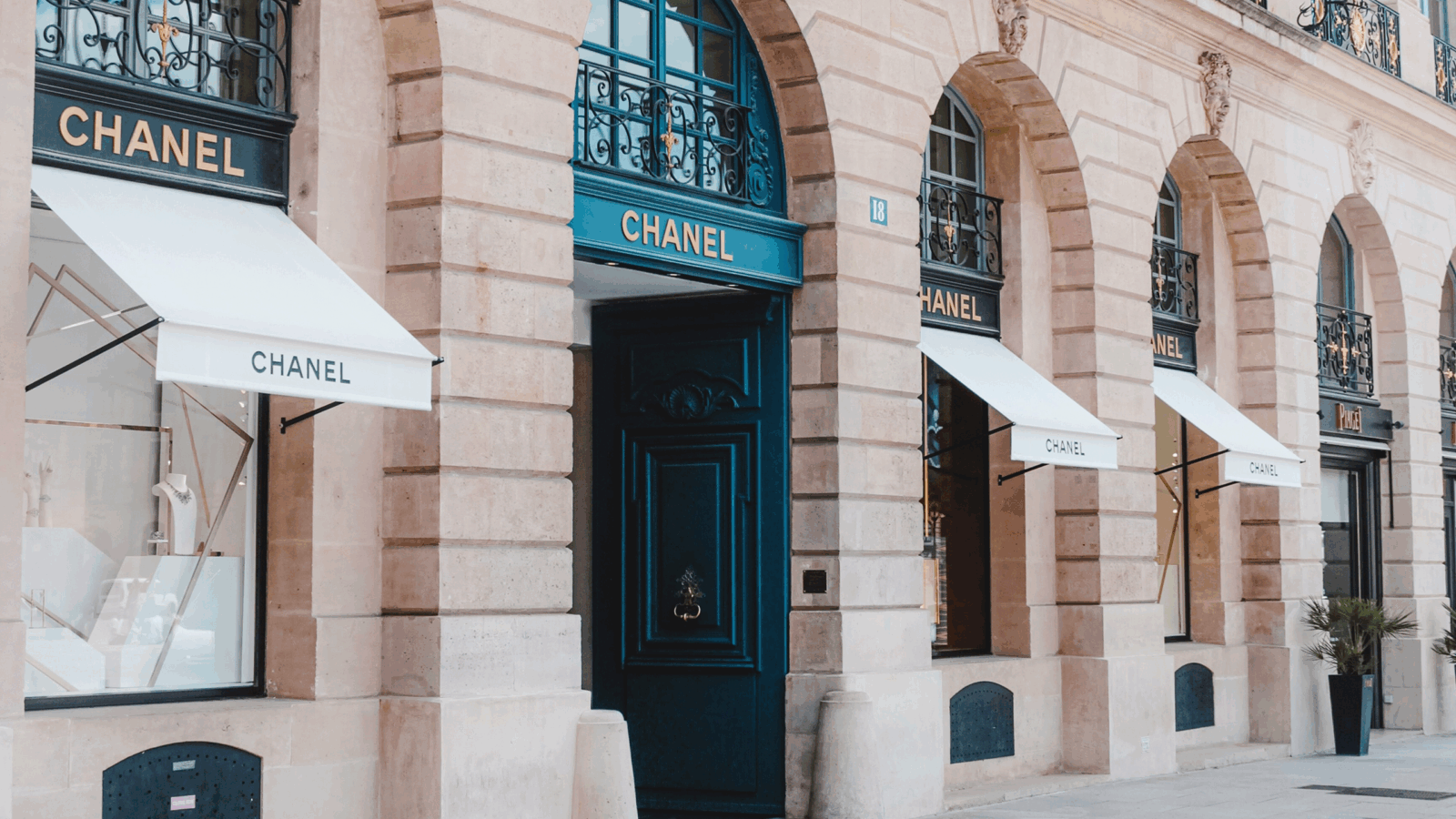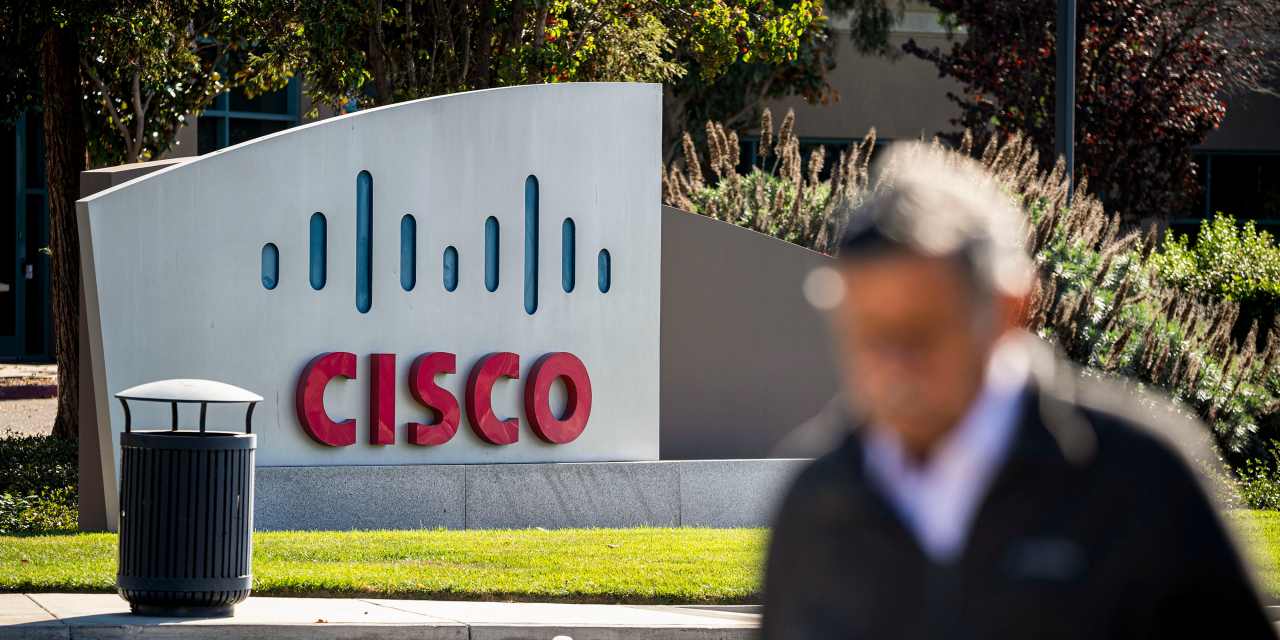Crystal Kim
3 min read
Everything is not so “gucci” in the world of luxury goods.
Brands that cater to the uber-wealthy, including LVMH’s Christian Dior, Kering’s Gucci, and Chanel, saw a dip in sales for the first quarter of 2025, continuing a slowdown that started last year. While CEOs of luxury goods retailers are chalking up the challenging environment to macroeconomic turbulence, market analysis suggests the industry’s excesses of the past few years could be contributing to weakness.
READ ALSO: Wall Street Braces for More Investors Dissing Dollar and Soups Heat Up for Campbell’s as Snacks Grow Stale
While luxury goods companies have largely been immune to the state of economies, the decline that started last year could accelerate into 2025, Morgan Stanley analysts Eduoard Aubin and Arunima Sinha said last week during a state-of-the-market discussion at the firm’s luxury conference in Paris.
Chinese nationals and Americans, the two cohorts expected to drive more than 50% of total spending in the next three to five years, are traveling less. Fewer Americans are heading to Europe, and fewer Chinese people are flying to Japan, which could translate to weaker sales in the second quarter than in the first, according to the analysts. Waning business optimism about China and weakness in US consumer spending also do not bode well for the industry.
Chanel, which usually raises prices a couple of times a year, is in wait-and-see mode on potential hikes, global CFO Philippe Blondiaux said in a recent interview with Vogue Business.
Some luxury retailers are chugging along, with Hermès and Cartier parent Richemont reporting sales growth in the first quarter of 2025 from the year prior. The price of the smallest Birkin bag rose to $12,700 in May, per Sotheby’s.
Luxury brand companies’ best years coincided with the largest increases in US households’ net worth. Profits nearly tripled between 2019 and 2024, with the four biggest luxury companies — LVMH, Hermès, Richemont, and Kering — taking the lion’s share, per a McKinsey report published in January. Price hikes, some of which were as high as 100% on certain goods, accounted for approximately 80% of industry growth during that period, the report stated.
Demand for leather handbags, branded jewelry, and watches reached a fever pitch as US households’ net worth rose by $51 trillion between 2020 and 2024. Much of that went to the top 20%, or households earning more than $160,000, which were supported by a rise in financial wealth (Read: stock markets going up):
-
“If we don’t have these very large increases in financial wealth, we may not have very large increases in planned consumption for this particular cohort,” Morgan Stanley’s Sinha said.
-
There’s also an ongoing debate about whether the price hikes during that period of outsize industry growth shut out aspirational buyers. “For the sector to grow in the medium- to long-term, it cannot just rely on millionaires and billionaires. It has to increase, to recruit from the middle class,” Aubin said.













